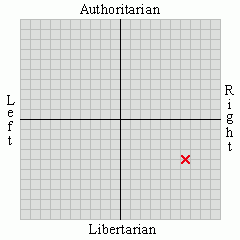Climate “scientists” are not involved in science. They are peddling pseudo-science, and allowing others to use it to grind the rest of us into the dust. Incidentally that means they get their next grant approved, and have articles published not in journals but in well-known newspapers, as they get paid large sums for speaking engagements.
For several years I have believed that the idea of catastrophic anthropogenic global warming (CAGW) is unscientific. I have described the Royal Society as anti-scientific for its official stance. However I am one person, a graduate in Earth Sciences and so more qualified to comment than most but with no reputation.
Carl Sagan, on the hand, was a revered and internationally-renowned astrophysicist and science communicator. Unfortunately he died before CAGW became such a huge issue, in fact around the time it should have died, when it was proved there was no warming in the upper troposphere at low latitudes. Let’s see what he has to say about pseudo-science in his book The Demon-Haunted World.
Pseudoscience differs from erroneous science. Science thrives on errors, cutting them away one by one. False conclusions are drawn all the time, but they are drawn tentatively. Hypotheses are framed so they are capable of being disproved. A succession of alternative hypotheses is confronted by experiment and observation. Science gropes and staggers toward improved understanding. Proprietary feelings are of course offended when a scientific hypothesis is disproved, but such disproofs are recognized as central to the scientific enterprise.
Well we could say that climate “scientists” thrive on errors; the problem is that they don’t recognise that they are capable of making errors. They think that admitting errors is a sign of weakness. Science’s great strength, as Sagan implies, is to admit to making errors – this means errors can be corrected.
Climate “scientists” don’t make tentative conclusions. They declaim, they make wild assertions. And they never cut away their errors. They hide them in the dark, they refuse to let anyone find those errors by conspiring to keep information secret, like a cabal.
Pseudoscience is just the opposite. Hypotheses are often framed precisely so they are invulnerable to any experiment that offers a prospect of disproof, so even in principle they cannot be invalidated. Practitioners are defensive and wary. Sceptical scrutiny is opposed.
Does this remind you of anything?
Sagan carries on:
When the pseudoscientific hypothesis fails to catch fire with scientists, conspiracies to suppress it are deduced.
Even though so many scientists (possibly even a majority) accept the idea of CAGW the proponents still whine about conspiracies for which they have no evidence, while completely ignoring and even denying the conspiracies to push poor science which have sound, even irrefutable, evidence. You know, emails between conspirators discussing details of a conspiracy, which they admit are genuine.
Finally on pseudo-science, Sagan says
Perhaps the sharpest distinction between science and pseudo-science is that science has a far keener appreciation of human imperfections and fallibility than does pseudoscience … If we resolutely refuse to acknowledge where we are liable to fall into error, then we can confidently expect that error - even serious error, profound mistakes - will be our companion forever.
Indeed.





0 comments:
Post a Comment